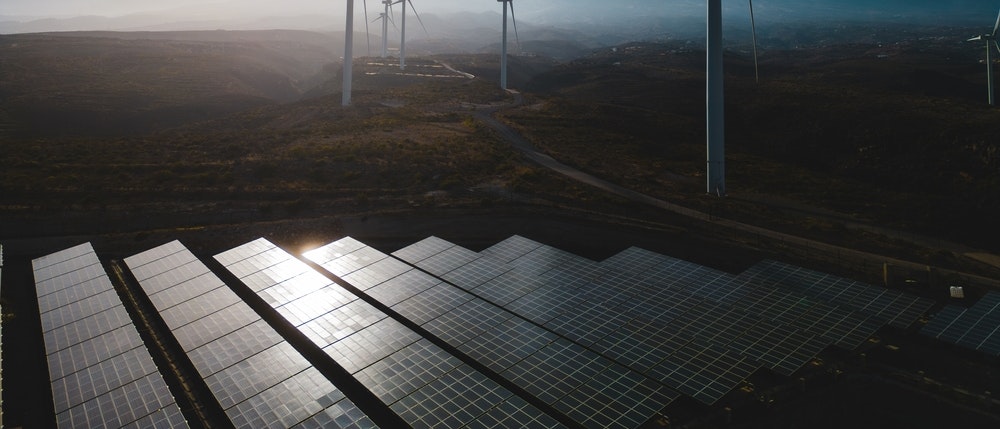While emerging and developing economies represent two-thirds of the global population, only 54% of energy investments were set to go towards these markets in 2024. Though energy demand is growing the fastest in these countries, they face persistent barriers to accessing capital, including high financing costs tied to real and perceived project risks and regulatory frameworks that may not fully support investment needs.
The IEA conducts extensive analysis to identify solutions to overcome these barriers. For instance, in 2024, we prepared a Roadmap to Increase Investment in Clean Energy in Developing Countries in support of Brazil’s G20 presidency, outlining key actions governments, development finance institutions and the private sector should take to accelerate financing for clean energy projects. Additionally, through our Cost of Capital Observatory launched in 2022, the IEA actively tracks the financing climate for energy projects in emerging and developing economies, with the aim of enhancing transparency in the energy sector and building investor confidence, particularly in regions where data on financing costs is limited.
The IEA also works with government partners around the world, supporting their efforts to increase energy investment. Collaboration with partners in Southeast Asia and beyond is expanding through the establishment of the IEA’s new Southeast Asia Regional Office, while the 2024 edition of the Southeast Asia Energy Outlook features a timely and comprehensive overview of investment trends in the region.
Building on recent work to support governments in Africa, the IEA will publish analysis in 2025 on financing energy access and grid transmission across the continent. The Agency is also working closely with bilateral partners like Kenya to develop an investment plan for the country’s clean cooking strategy, and with Uganda to create a plan for financing the expansion of grid transmission.

